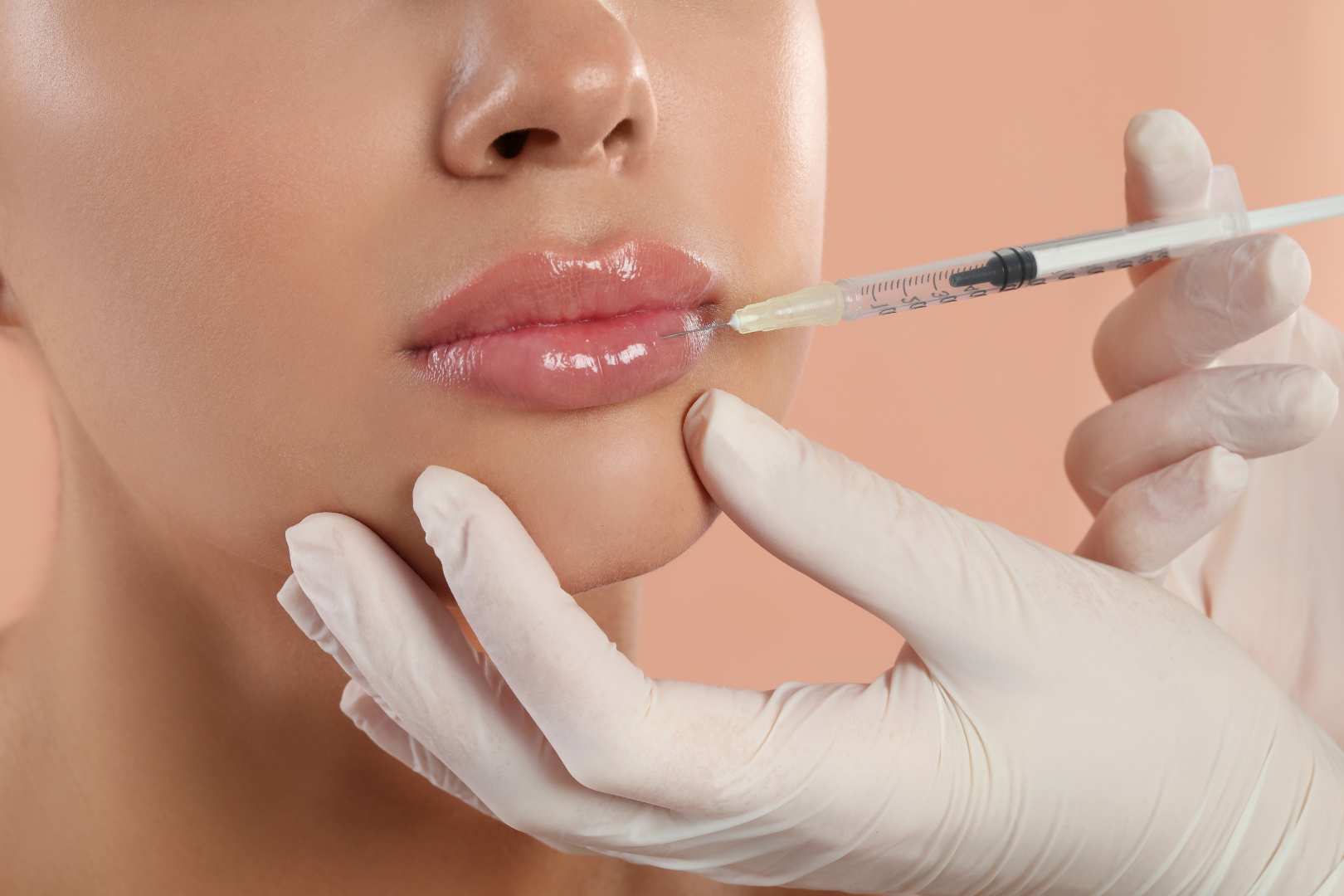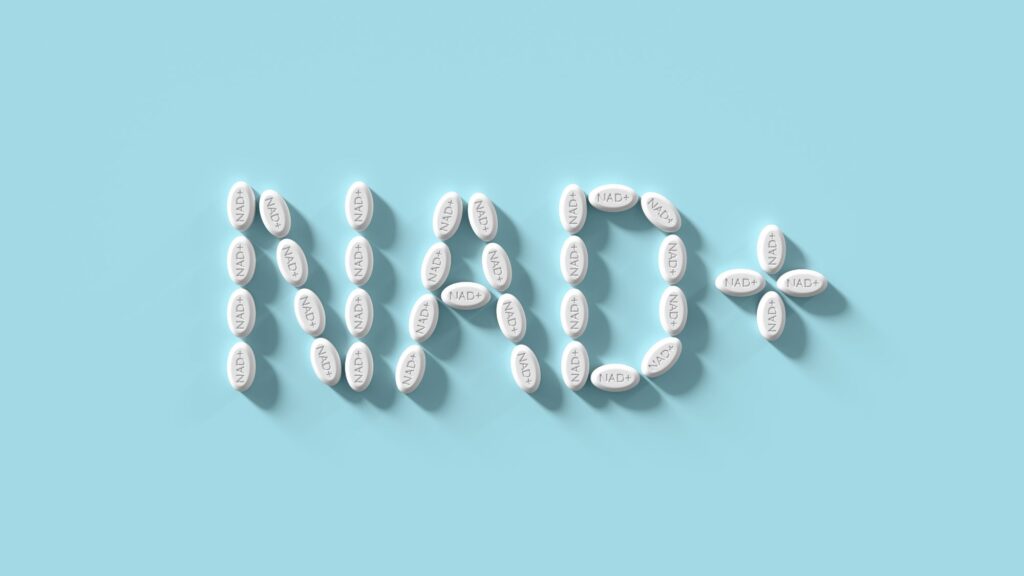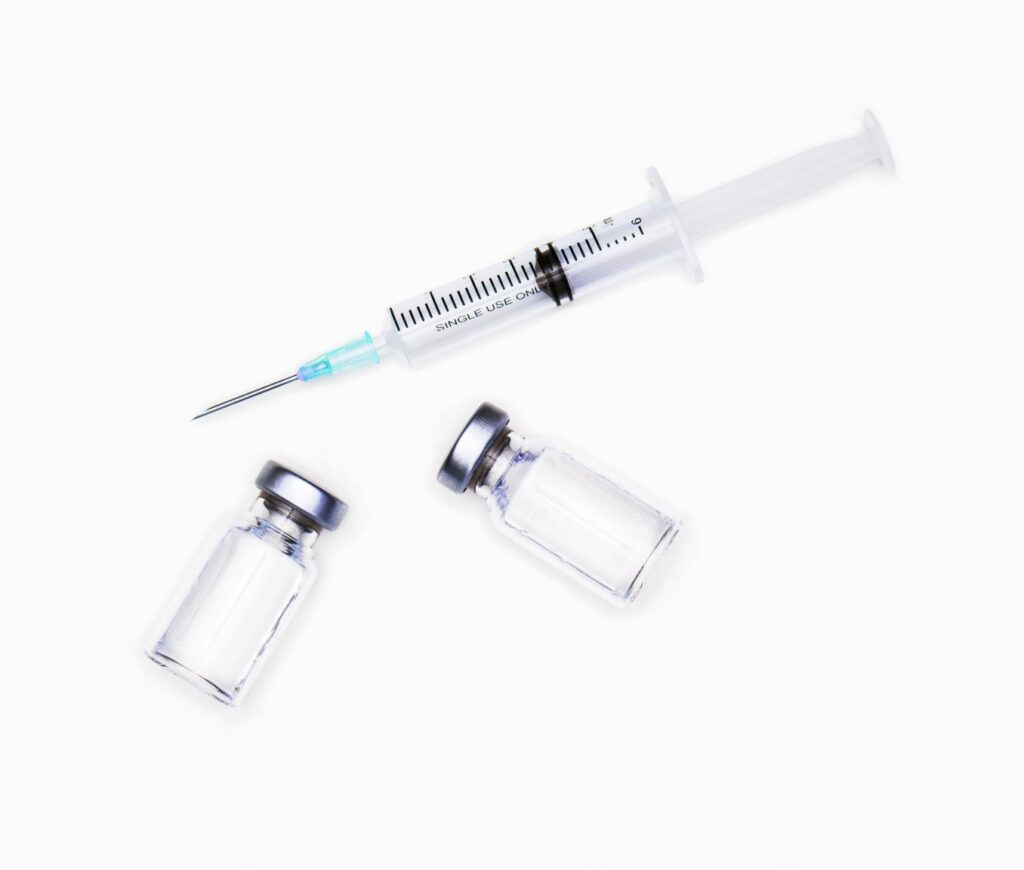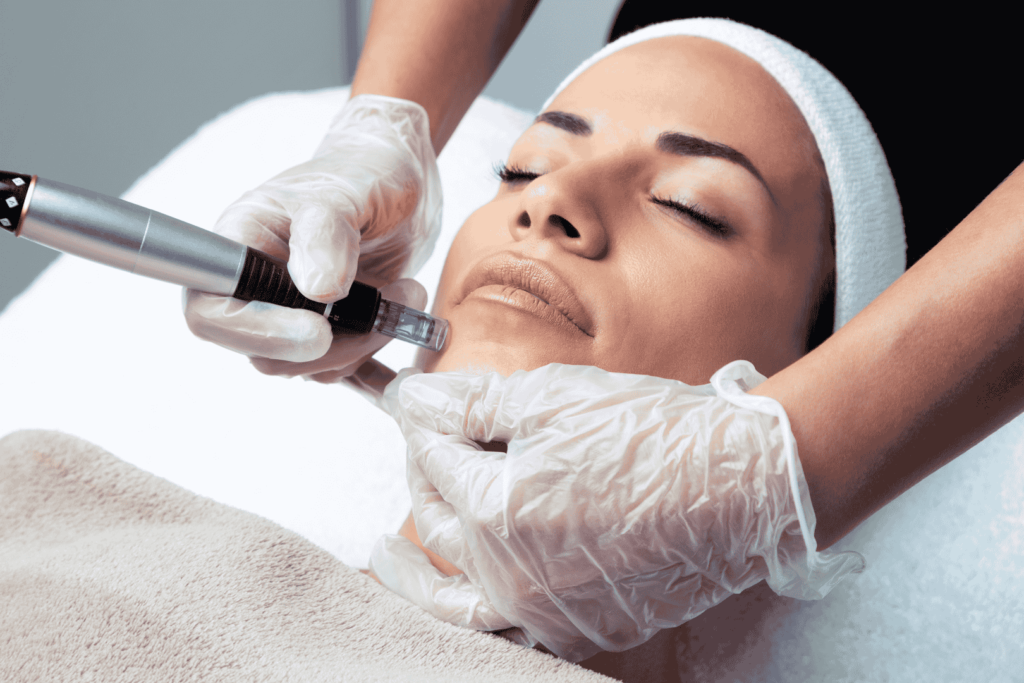Filler Migration: Understanding the Facts, Risks, and Alternatives
The topic of filler migration has been gaining attention recently, with some MRI images and social media videos raising concerns about the behavior of hyaluronic acid (HA) fillers over time. While these discussions can naturally bring up questions, it’s essential to have a full understanding of what filler migration entails and what this means for anyone considering, or currently enjoying, fillers.
What Is Filler Migration?
Filler migration occurs when injected filler moves from its original placement site. This can lead to the appearance of fullness or puffiness in areas not targeted by the treatment. While this phenomenon is sometimes brought up as a risk of filler treatments, it’s influenced by factors like injection technique, filler type, and the area being treated.
Recent MRI images shared in a viral video by a surgeon showed an example of filler migration in a patient who had received HA filler treatments over six years. Although these images can appear concerning, it’s crucial to note that we don’t know the full details of this case. We do know that this patient had received 12 syringes of filler – a substantial amount. Factors such as the initial placement, the number of treatments, the type of fillers used, and other variables play significant roles in filler migration and its effects.
Why Does Filler Migration Happen?
Filler migration is influenced by various factors. Here are a few key considerations:
- Natural Diffusion: Fillers may gradually diffuse slightly from the original injection site, which can be a normal part of the filler metabolization process. This should not be visually apparent, especially when fillers are applied with careful planning and placement.
- Technique of the Provider: The expertise and precision of the provider are key in managing migration. Techniques that place fillers too superficially or in areas of high movement may increase the likelihood of noticeable migration.
- Type of Filler Used: Softer fillers can diffuse more naturally, creating a softer appearance that’s ideal in some areas. In other areas, however, this can lead to undesired effects if not anticipated.
- Volume of Filler Used: Injecting too much filler can increase the chance of migration, as excessive product may spread beyond the intended area over time. This is why we approach filler treatments conservatively, with the goal of achieving natural results without overuse.
- Movement in the Treatment Area: High-movement areas, such as around the mouth, are naturally more prone to subtle migration over time. For instance, when performing a non-surgical rhinoplasty, we use Dysport in the glabella (the area of skin between the eyebrows and above the nose). This approach helps prevent migration when filler is used in the nose.

Is Filler Migration Permanent?
One of the most common questions about filler migration is whether it’s permanent. The good news is that HA fillers can often be dissolved if needed. This makes them more flexible than other aesthetic options. With an experienced provider, you’ll have a clear understanding of what to expect in terms of filler longevity. They can also guide you on any necessary adjustments over time.
Do HA Fillers Last Longer Than Expected?
Yes, hyaluronic acid fillers can last longer than the common expectation of six months to a year, particularly in areas with low movement. In our practice, we communicate openly about the longevity of HA fillers, especially in areas where they might last for years. For some patients, this is a benefit, as they get long-lasting results. A provider with experience in HA fillers will also set realistic expectations based on your unique needs and treatment areas.
We don’t recommend touch-ups based on timelines alone. Filler migration and an overfilled look can often result from retreating too frequently or without a clear visual need. Instead, we base our recommendations on what we see in each client’s face, helping them achieve balanced, natural results without overuse.
Can HA Fillers Attract Water and Cause Puffiness?
Hyaluronic acid (HA) fillers are hydrophilic, meaning they naturally attract water. This is part of what makes them effective for adding volume and creating a smoother, plump appearance. However, if not treated correctly, this water-attracting property can contribute to a fuller or puffier look over time. This is especially true if too much filler is used or if it’s placed in areas prone to fluid retention.
While this might sound concerning, it’s a normal aspect of how HA fillers work. An experienced provider takes this into account, placing filler carefully and using conservative volumes to avoid an overfilled look. Additionally, water retention effects tend to settle as the body adjusts to the filler. If ongoing fullness becomes an issue, a provider can dissolve HA fillers with hyaluronidase, offering flexibility that many other filler types lack. The ‘overdone’ look you sometimes see results from overfilling without an expert eye; when used properly, great results go unnoticed because the filler looks natural.
Can Filler Cause Lymphatic Blockage?

Lymphatic blockage is a rare but possible side effect of filler, which can happen if the filler is placed too superficially or in excessive amounts. Blockage of lymphatic pathways can cause fluid retention or puffiness, known as malar edema, particularly under the eyes. A mindful provider can minimize these risks through careful injection placement that respects lymphatic pathways.
Are There Alternatives to HA Fillers?
For those concerned about filler migration, it’s important to know that there are alternative options. Non-HA fillers, like Sculptra and Radiesse, offer collagen-stimulating benefits but come with their own risk considerations. For example, Sculptra is semi-permanent and may lead to nodules in those with autoimmune conditions (even if they are not known at the time of treatment), which could require medical intervention, even surgery, for removal.
An alternative to injectables is simply doing nothing at all! Other clients find that non-injectable, non-surgical treatments like lasers, peels, microneedling, and medical-grade skincare provide excellent rejuvenation. These options focus on enhancing skin health and appearance without the use for fillers.
If recent videos or discussions about filler migration have raised concerns, we encourage clients to weigh all options carefully. It’s important to consider the full picture before making any decisions. HA fillers provide a unique balance of effective results and flexibility, which many other options may not offer. Finding a provider you truly trust is essential. They can guide you in the right direction and help you make educated, well-informed decisions about your care.
Where Does This Leave Us?

Ultimately, providers should personalize filler treatments and avoid rigid timelines or promotional packages that result in overtreatment. At Allure Aesthetics, we create natural-looking results through a thoughtful, individualized approach. We spend 60-90 minutes in each consultation. We also typically spend an hour at each subsequent appointment reviewing numerous photos with multiple expressions, discussing results and goals, and updating our mutual treatment plan accordingly. This is up to three times longer than what’s typical at many other offices, so we can fully understand each client’s needs and goals. We’ve always believed this to be a major differentiator. It allows us to achieve natural, balanced results that align with each client’s unique facial structure.
We don’t offer booking of “filler appointments” without discussion, nor do we promote filler packages that could lead to overuse. Our focus is on providing thoughtful, natural results that align with our clients’ vision.
Curious About Aesthetic Treatments or Exploring Your Options?
If you have questions about dermal fillers or want to discuss a tailored treatment plan, our team at Allure Aesthetics, located just outside of Philadelphia in King of Prussia, is here to help. Our thorough consultations and individualized approach ensure you receive the information and care needed to make confident decisions.
For more on fillers, visit our Types of Dermal Fillers blog. You’re also welcome to reach out to us directly via email at info@allureaestheticsllc.com or call us at 610-393-1253 with any questions. Ready to explore your options? Schedule a consultation with us today by visiting our booking portal.








